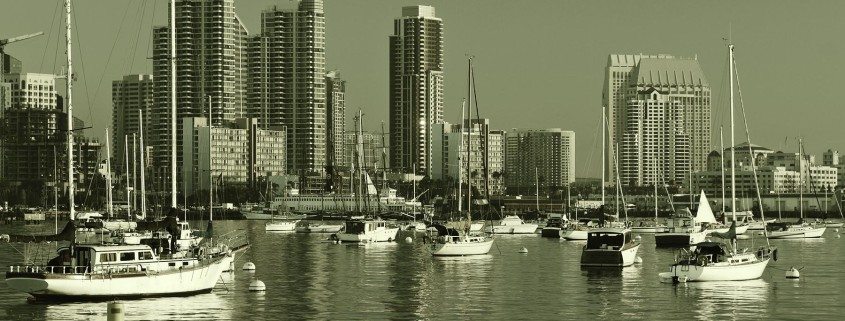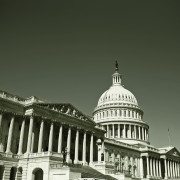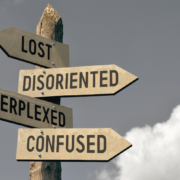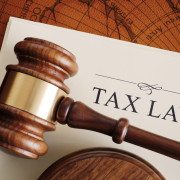Quick Facts about Section 179D
Section 179D of the IRS Tax Code is one of the most interesting and surprisingly underused tax deductions available. The best part about 179D is its actual requirements. Your qualifying building will have a lower operational cost as a result of meeting the 179D standard. So why are most people not making use of this tax deduction? The answer is simple: lack of knowledge. This article will outline a few facts about Section 179D and help commercial building owners realize what they have long been missing.
Fast Facts
- Section 179D, as it is officially called, is also known as EPAct.
- The tax provision allows designers and owners of the energy efficient building to enjoy tax deductions on their energy efficient new or renovated building.
- The tax provision was first made part of the IRS tax code back in the year 2006.
- The deductions can often go as high as $1.80 per square foot.
- There are three defined systems that need to be made efficient for the deduction to apply.
- They are the interior lighting system of the building, its HVAC systems and the building envelope.
- The highest tax deduction of $1.80 per square foot is granted only to buildings that are able to reduce their total energy costs by 50% compared to a theoretical baseline building.
- This tax provision is not an all or nothing provision and lesser energy use reduction also gives the building owners some degree of tax deductions.
- An improvement of 33% or more for example makes the commercial building owner capable of getting a deduction worth $1.20 per foot.
- An improvement in each system individually gets a tax deduction of $0.60 per square foot at max.
- All kinds of commercial buildings whether new or renovated ones can claim the tax deductions subject to the fact that they were constructed after the year 2006.
- A certificate of energy savings needs to be provided by the owners or designer of the commercial building to the IRS to substantiate their position. This certificate will need to be from a neutral third party independent firm, such as Walker Reid Strategies.
- Even government buildings can be used to claim these tax deductions. But the government can’t claim them for themselves and need to transfer the rights to someone who worked on the project, its architect, its builder or its energy expert etc.
These are some of the facts that provide a lowdown on what Section 179D really is.









